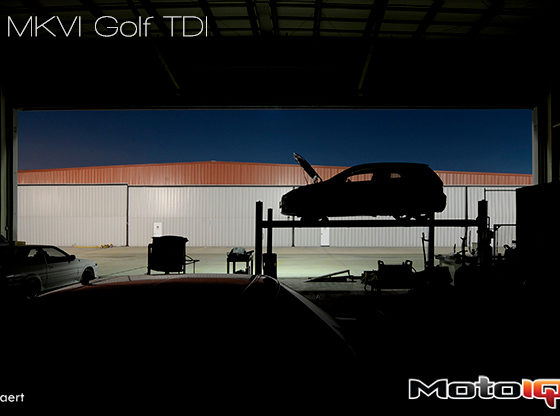
HOW TO: Watch the Pikes Peak Hillclimb!
(and not suck.)
By: Connor Harrison
We all have bucket lists; the things we want to see or do before we ‘kick the bucket’. Gearheads are no different. There are places and events that are just so iconic, exciting, or alluring that we go far out of our way to experience them. The Pikes Peak International Hill Climb is one of the oldest, most beautiful, and adrenaline packed races in the world. If you’ve never been to Colorado for the “Race to the Clouds”, then take a moment or two right now and pencil it down on your own bucket list. I’ll wait.

The PPIHC is the second oldest race in America, preceded only by the Indy 500. At the race’s inception in 1916, drivers were required to pilot all 12.42 miles and 156 corners on a surface consisting entirely of dirt and gravel. The finish line is nearly 5,000 feet above the start line at a dizzying 14,110 feet, with some points on the track having sheer drops of over 1,500 feet. As if that’s not hair raising enough, driving conditions can change very rapidly on the mountain with rain, snow, fog, hail, and sleet being all too commonly complicating the terrain. Considering the cars that early racers used, and the fact that the extent of their safety gear was a leather cap, goggles, and driving gloves, you realize that these guys had some seriously MASSIVE testes!

Sections of the mountain began to be paved after a more recent disagreement with a local environmentalist group regarding the amount of gravel washing off the mountain each year (apparently 150,000,000 pounds is considered excessive). This year marks the 91st running of the race and the second year that it will take place on a completely paved surface. Today’s drivers are no less of risk takers than those of yesteryear, with each progressive running showing a new blisteringly fast time. The fastest time posted in 1916 was 20:55.6, nearly thirteen minutes slower than the record set by Sebastian Loeb a couple weeks ago.

After experiencing this year’s race from the perspective of competitors, HOLY HELL these are some incredibly dedicated guys! The pressure and anticipation leading up to each year’s race is intense. Competitors can spend the entire year preparing for their one run up the mountain, spending thousands of dollars and countless hours in the process. The pressures of race week can be compounded even further when you need to repair your vehicle after a wreck…

…but that is why you bring plenty of spare parts, and have a solid crew ready to repair the car. Pat Doran and crew put on an astonishing effort this year. Their Group B RS200 was wrecked on their first practice run when the rear end came around and Pat was sent into the trees at over 100MPH, ass first! They managed to repair the car overnight only to have it go into the trees again the very next day. After some careful deliberation over fermented frosty beverages it was decided that they would give it one more go and the team went to work in a final manic push to repair the car. Their hard work paid off and Pat made it to the summit on Sunday without any major issues.



